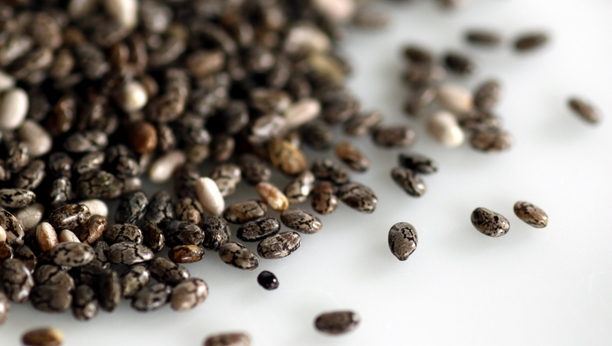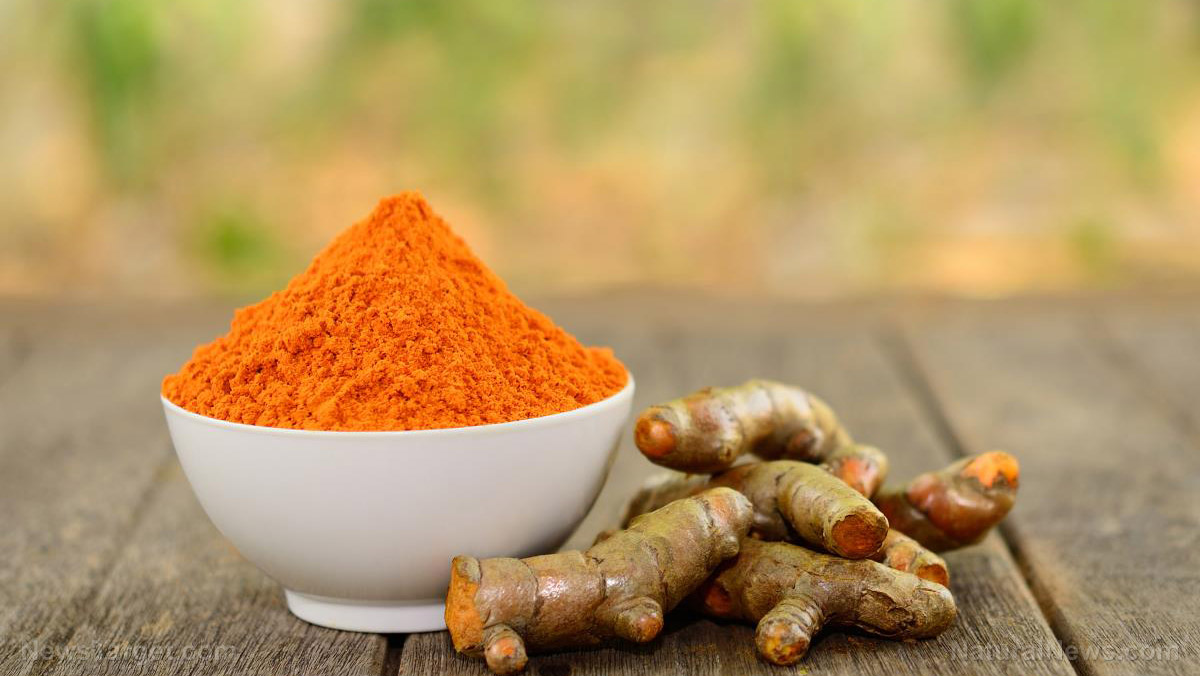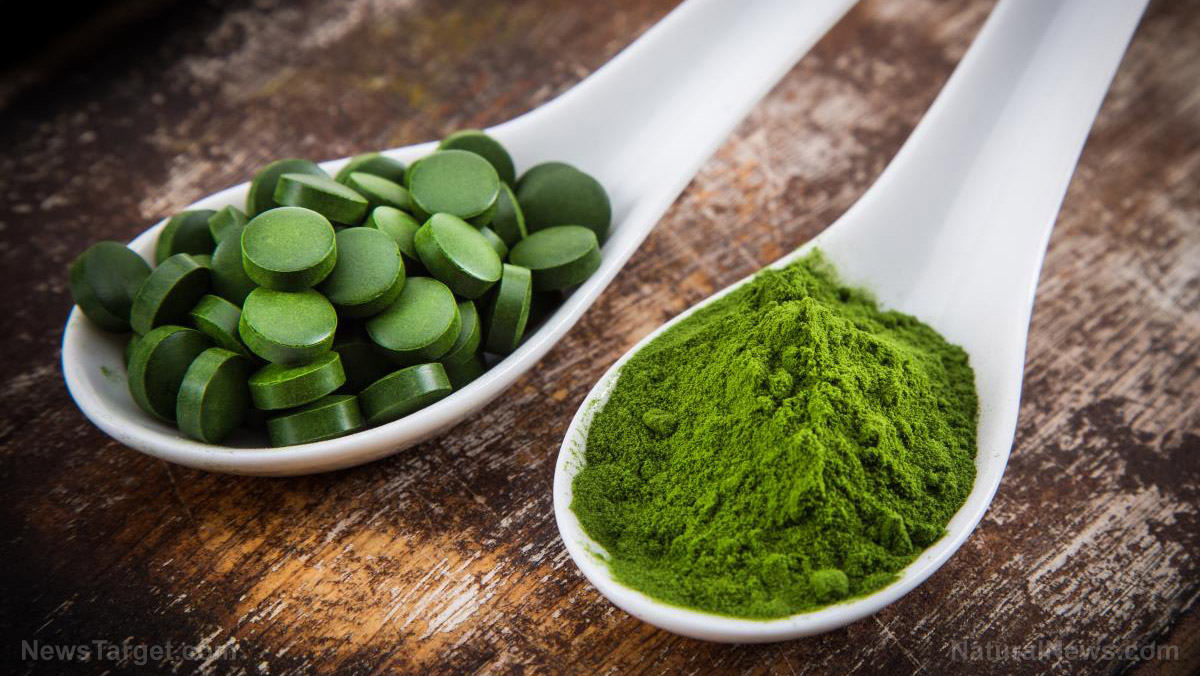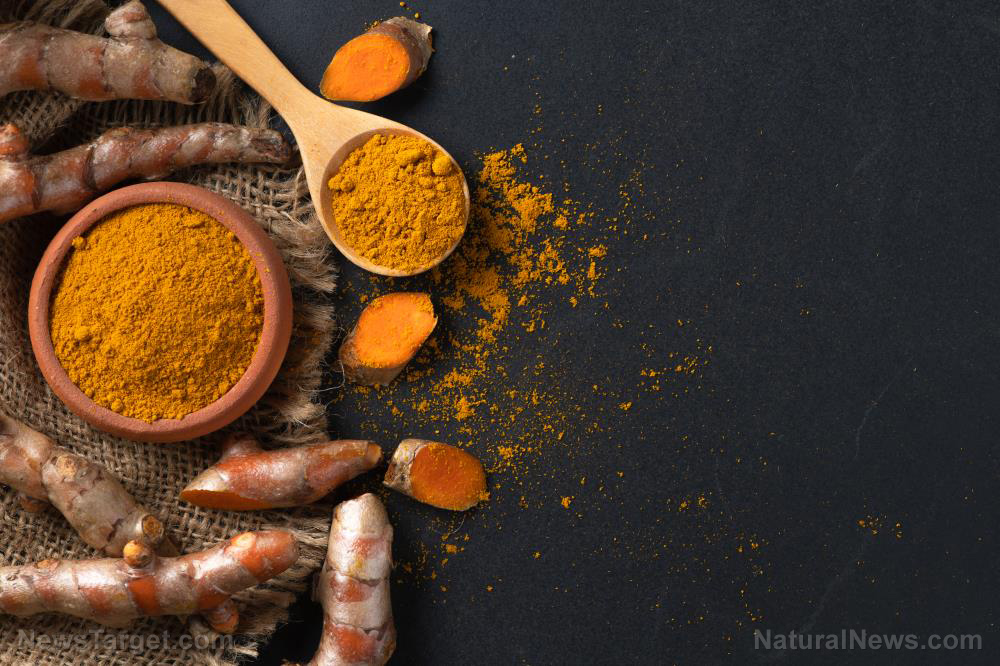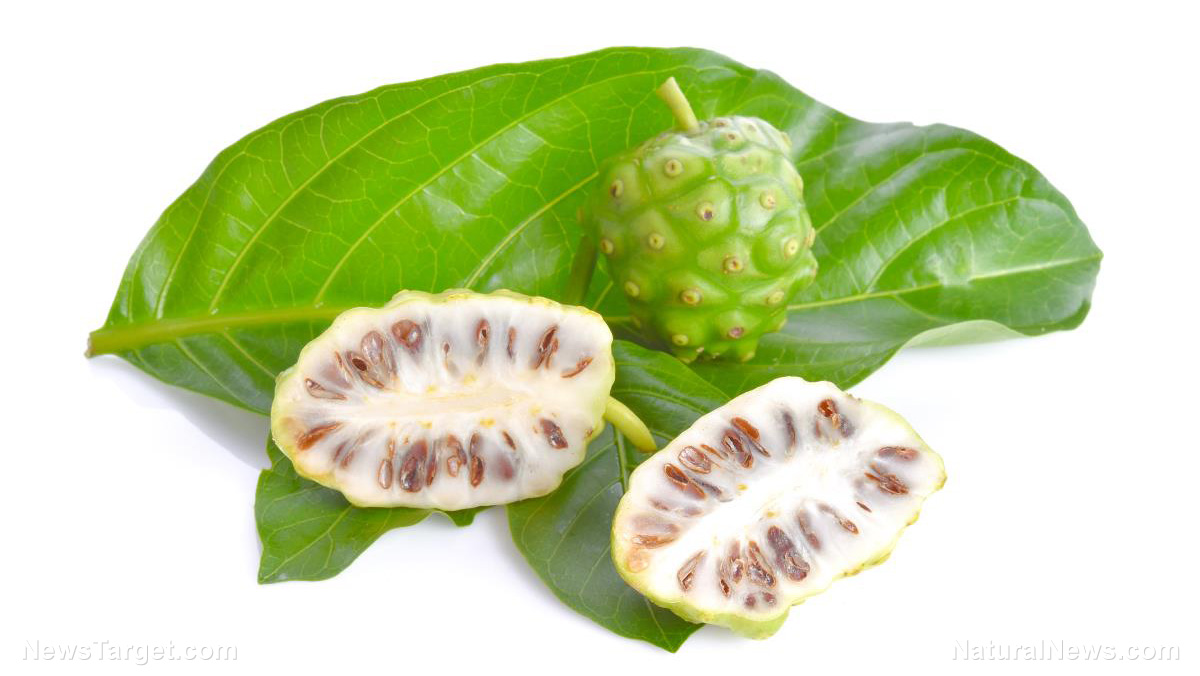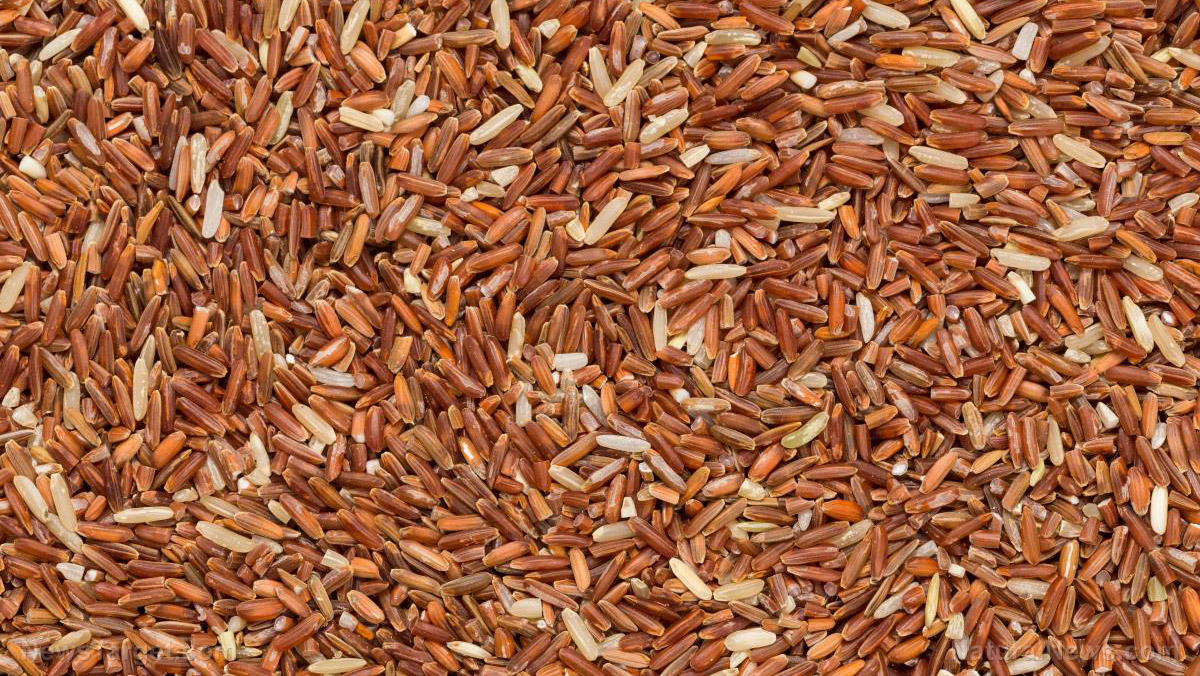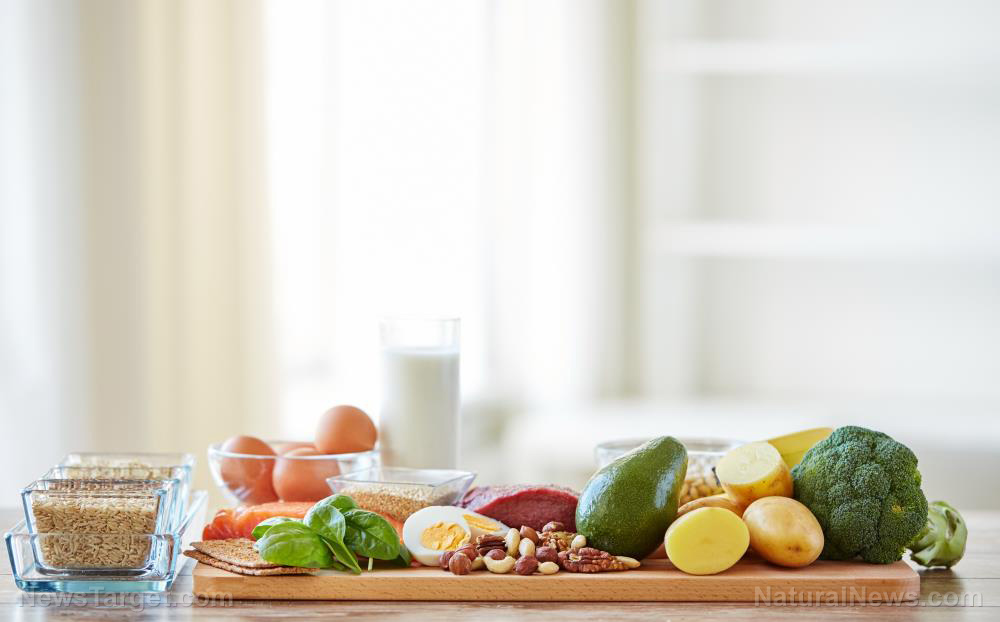Replacing wheat flour with pumpkin seeds is a sneaky way to improve your child’s diet
06/05/2018 / By Ralph Flores

Children can be picky eaters – especially when it comes to feeding them with nutritious food. Researchers from the Warsaw University of Life Sciences in Poland may have found a delicious and sneaky way to get them to eat healthily: Substituting wheat flour with pumpkin seed flour. The study, published in CyTA – Journal of Food, tested how pumpkin seed flour would fare based on certain quality indices when this is offered to children. In particular, these were assessed for fatty acid composition, peroxide value, anisidine value, and the conjugated diene and triene contents from proteins extracted from the muffins and linked it with storage time.
Pumpkin seeds, of course, come from the pumpkin – a fruit most people associate with the jack-o’-lantern. However, it has been used as a food item for far longer: Pumpkins, which are native to the Mexican region, were a staple in early American diets. The seeds, in particular, have also been used early on – with records of its use dating back to 7,000 B.C. After it was brought to Europe by the Spaniards, it became a hit in Eastern Europe, where it has been part of everyday cuisine.
In this study, the researchers looked at pumpkin seeds that have been discarded in the production of cold-pressed oil, called pumpkin seed flour. This byproduct, they said, contains multiple health benefits. In particular, this flour type is rich in fiber, compared with wheat flour. This supports intestinal function and creates the feeling of “fullness” after consumption. It’s also gluten-free, making it suitable for people with gluten intolerance. In Kenya, the flour has been used as a primary source of dietary energy, protein, and fat.
For the study, the team prepared muffins by substituting wheat flour with pumpkin seed flour. The muffins were then prepared using these ingredients: Sugar powder (100 g), milk (3.2 percent fat, 120 mL), butter (90 g), baking powder (6 g) and beaten whole eggs (76 g). The butter was first whipped with the sugar powder and aerated for 10 minutes afterward. Milk and eggs were added to the mixture and blended for two minutes. Finally, the flour and the baking powder were added and mixed. The batter was then poured into molds that were lined with baking paper and baked for 20 minutes at 180 C. They were cooled at room temperature, then stored in polyethylene bags for a month.
Researchers discovered that replacing wheat flour with pumpkin seed flour changed its nutrient profile: These had a lower carbohydrate content than the control but contained higher levels of fat and protein. Moreover, the fiber level of muffins that were made with pumpkin seed was higher than those made with wheat.
Based on sensory tests on children, muffins that had 33 percent of pumpkin seed flour were rated “tasty” to “very tasty” in 71 percent of surveyed children. “It appears appropriate to incorporate 33% of pumpkin seed flour into muffins without special packaging conditions when the storage time does not exceed two weeks,” the researchers concluded. “The experimental muffin formulation resulted in a novel product which is considered beneficial to human health, especially children.”
Other benefits of pumpkin seeds
Pumpkin seeds offer more than a delicious, nutty alternative to wheat flour. Here are some of the benefits your body can get from consuming pumpkin seeds. (Related: Unrefined pumpkin seed oil increases antioxidant properties of bakery products.)
- Packed with nutrients. Pumpkin seeds do not only contain antioxidants, they also have iron, zinc, magnesium, and other nutrients.
- Reduced risk of certain cancers. According to certain studies, pumpkin seeds may help prevent certain cancers.
- Improve heart health. The nutrients that are in pumpkin seeds reduce blood pressure and increase good cholesterol.
Learn more about the benefits of pumpkin seeds by following Food.news today.
Sources include:
Tagged Under:

